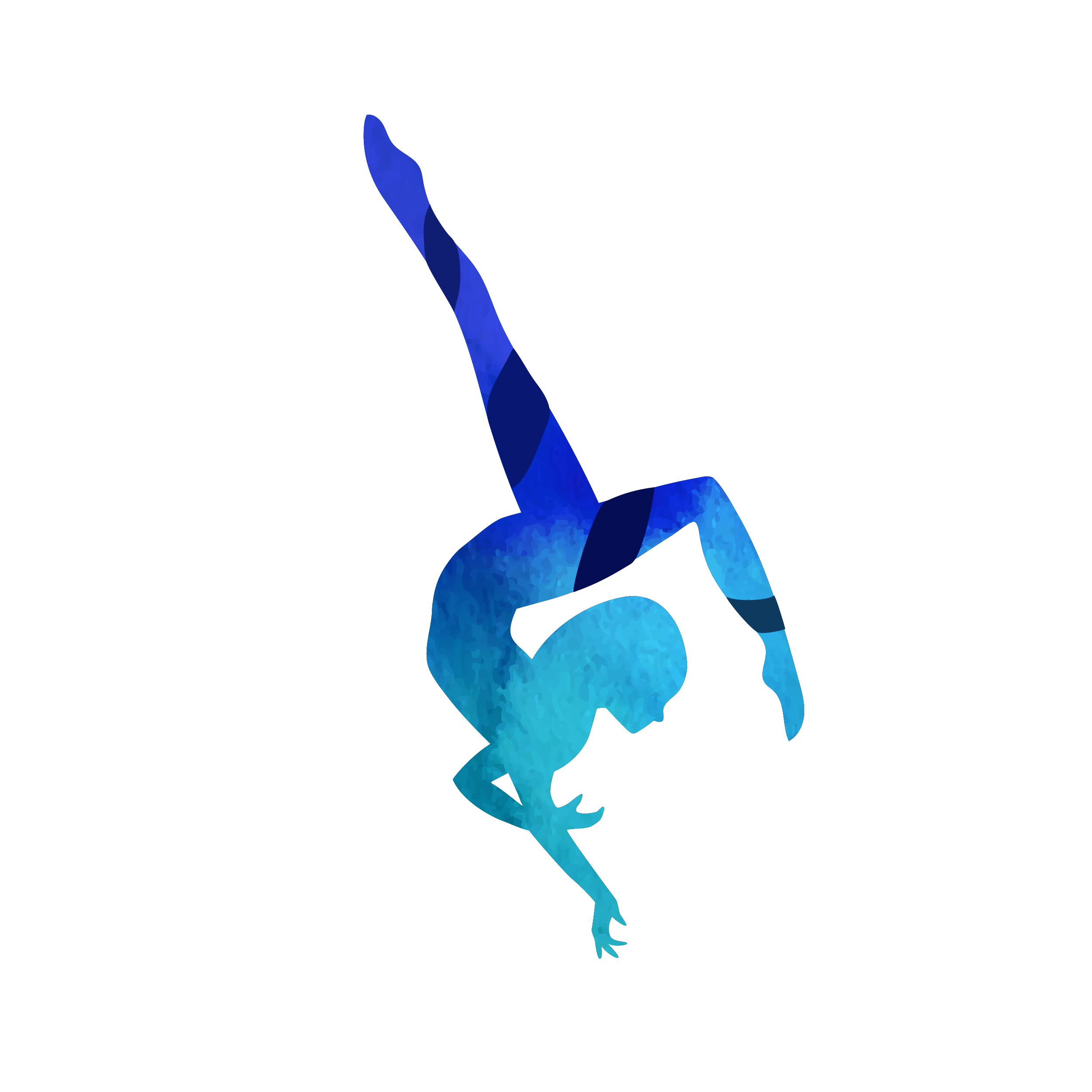One of my all-time favorite dance movies is the 80’s flick, Dirty Dancing (If you have not heard of this movie and I have just aged myself, I am fine with that. Just go see it for pity’s sake!). Waves of nostalgia come over me when I think of that film but my emotions are not why I mention it. The storyline takes us through Baby & Johnny’s learning process with all of its ups & downs to the victorious ending when they successfully perform an energetic and emotional performance. They fall on their proverbial faces over and over (or in their case, belly-flopping in a lake) and ultimately learn how to transform steps and tricks into relatable and communicative dancing. The process of learning how to perform movement is the same regardless of what your medium is – dancing on the floor or dancing in the air on any apparatus.
Layer all the elements Step-by-Step
We never go from 1-100 in one step. The process between learning and performing is a step-by-step process. When rehearsing for a big production, we start at the studio comfortably in our rehearsal clothing with all the necessary help such as manual spotters, crash mats and rehearsing alternating with counts and music. We listen to music without the movement and then practice the movement without the music. We build the layers after we have the original choreography in our bodies. Then the choreographer may tweak timing and take away the mirrors and crash mats. Incrementally adding in the costumes, set, live music, lights, timing of transitions and costume changes. The body and mind need to get comfortable with each layer at a time. It’s very easy to get thrown off when you first start rehearsing with a costume and it can make the entire act feel different. Practicing layer by layer can seriously up the professionalism of your act.
Connect with your Apparatus
Physically touch it as if you’re making love to your apparatus. When you kiss your partner, you feel the connection to them. Imagine being totally into it with hands and arms everywhere. You can’t get enough right? It’s not a sterile thing. Neither is dancing in the air with your all-the-time partner, the apparatus. The goal is to get the technique so ingrained and PRACTICED in your body that your muscle memory assists in keeping you safe while you “feel it.” Try rehearsing your act without ever becoming physically detached from your apparatus. At every opportunity, be more in contact with it with your hips, legs, hands, face, butt, etc. If you really know your choreography and have a crash mat, practice closing your eyes. You’ll feel how much more you will want to connect with your apparatus if you take that important sense away.
Figure out your vibe
The process of developing who you are as an artist is a life-long journey, but you can work in more digestible pieces and focus on just one act at a time. Ask yourself, is the act internal or external? Are you making eye contact with the audience or are you just letting them be a voyeur to your experience? Is the aesthetic smooth or will you match sharp movements to accents in the music? Are you emulating the style of your instructor or are you looking to make it uniquely yours? Once you make choices, commit to them.
Repetition
Repeat and practice so much that good technique becomes part of your muscle memory. When you perform, you will be able to focus on the performance quality of your movement. You never want to say you didn’t do your best in a performance because you didn’t practice enough. Being under-rehearsed is extremely transparent even to the untrained eye.
Wrong and Strong
If you mess up, do it with commitment. Broadcasting your mistake to the entire audience is worse than making the mistake in the first place. No one is perfect. Don’t apologize with your body language, just commit to the mistake and get back on track at the next opportunity.
Try incorporating some of these ideas in your learning process and see if they resonate with your body and mind. Hopefully, it will lead you to creating and/or performing a cohesive and communicative act. When Baby & Johnny perform their iconic lift at the end of Dirty Dancing, the audience is invited to witness a culmination of their hard work and the lessons they learned about dance and themselves during the film. You may fall on your proverbial face over and over in your learning process minus the convenient movie editing but I urge you to stick with it. Finding your unique self as a performer is one of the most crucial steps to becoming a professional.

